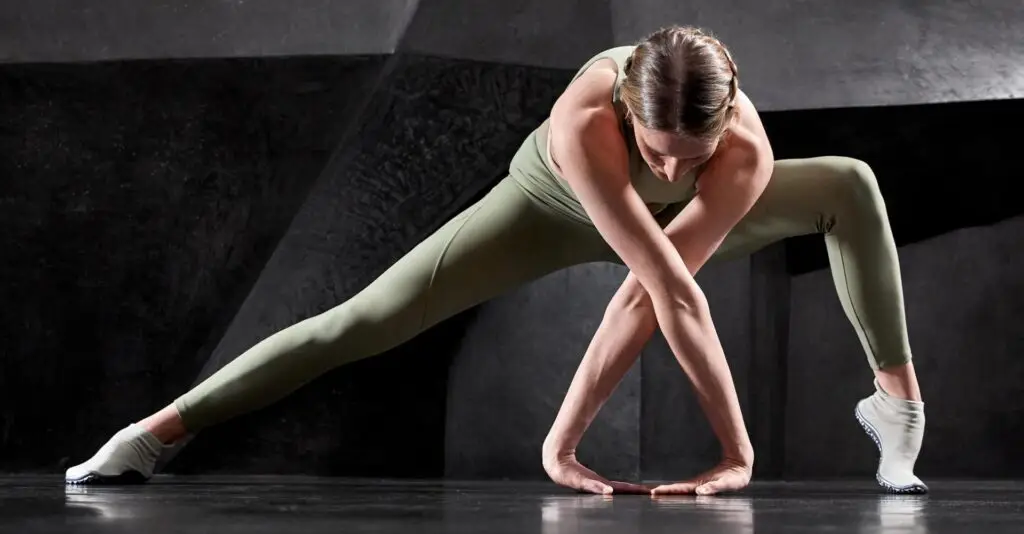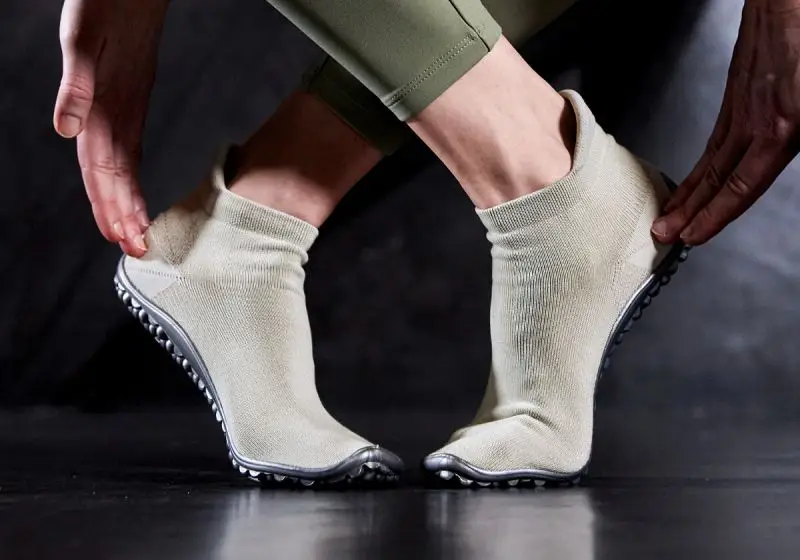Yoga for the feet
Dr. Svenja Borchers has been a yoga teacher since 2014. She practices and teaches a dynamic yoga style with a lot of attention to healthy alignment. Her goal is to give her yoga students more mindfulness and awareness of their body, posture and mind beyond the yoga mat.
With her background as a neuroscientist, Svenja knows that the body and brain should be viewed as a unit. The opportunity to learn new things with the body is incredibly enriching and she wants to pass on this gift.

Yoga challenges us, trains coordination and promotes freedom of movement. Above all, regular yoga practice leads to developing awareness of our body and, over time , to feeling and controlling it more precisely. This of course also applies to our feet, which transfer the force to the muscle chains above them when we move and thus have an influence on the rest of the body.
Move better. Feel better. Be better.
As a neuroscientist with a doctorate, I use my knowledge of our nervous system and our brain to provide my yoga students with holistic and optimal support. Through creative and intelligent sequencing, my yoga classes are varied , suitable for all levels and make us feel better in our bodies and minds .
On this page I show you simple and more challenging exercises that mobilize your feet and strengthen and stretch your foot muscles. Get started and join in!
Because our body and posture have such an important influence on our health and well-being , it is particularly important to me that my feet - on which we walk and stand - in other words my base - provide me with optimal support through stability and mobility. Our feet ground us and through them we literally feel the ground beneath our feet.
Why I wear barefoot shoes during yoga
I have been wearing barefoot shoes for about 6 years. I especially enjoy the fact that I can move my toes freely and get a very precise feel for the ground. This allows me to consciously train my foot muscles when I walk. The muscle activity means my feet don't get cold - no matter what the weather. And my feet still stay clean and dry - it really couldn't be better.

Barefoot to the tips of your toes
Barefoot shoes are ideal for yoga because they hardly restrict the movement of the feet, are extremely flexible and very light - as if you had nothing on your feet.